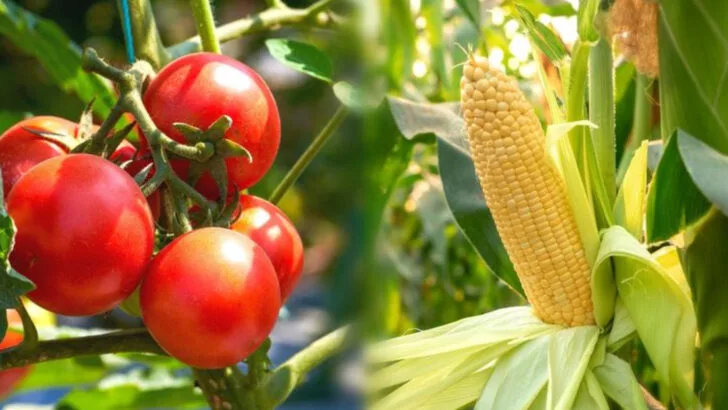Some vegetables just don’t get along, while others make great neighbors. If you’ve ever had a strangely stunted pepper plant or a tomato that never really took off, the culprit might be who they were planted next to. Companion planting isn’t just garden folklore; it’s a practical way to boost growth, reduce pests, and make the most of your space.
Over time, gardeners have noticed that certain plants seem to thrive when grown side by side, while others end up competing or even sabotaging each other’s progress. Understanding these relationships can save you a lot of guesswork and frustration. Here are 12 companion plants that play well with veggies, and 6 pairings you’ll want to avoid.
Tomatoes & Basil
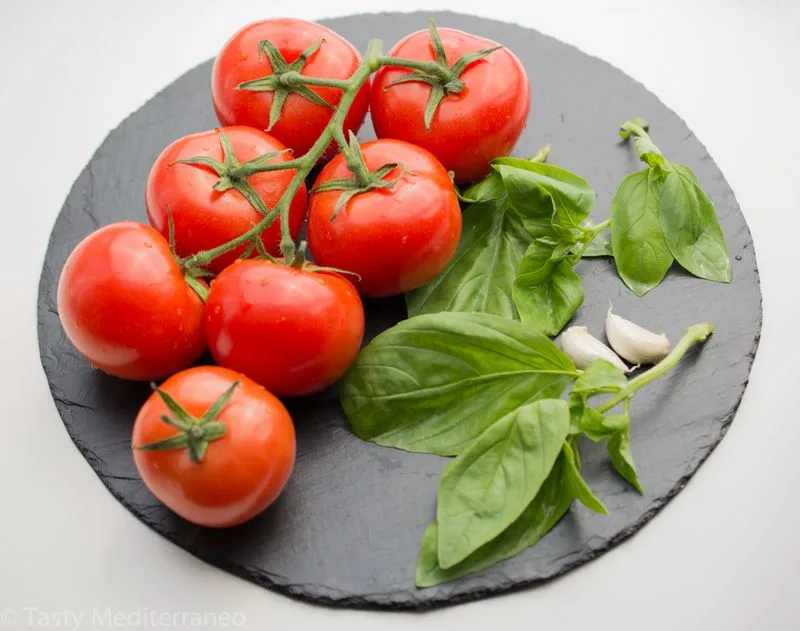
Tomatoes and basil are a match made in garden heaven. The aromatic basil not only enhances the flavor of ripe tomatoes but also acts as a natural pest deterrent. It helps to repel aphids and flies, ensuring your tomato plants remain healthy and productive. Basil’s presence can also improve the growth rate of tomatoes.
Gardeners often report that tomatoes grown next to basil are less prone to disease. This classic pairing is a staple in both gardening and culinary circles, promising a bountiful harvest and delectable dishes.
Carrots & Onions
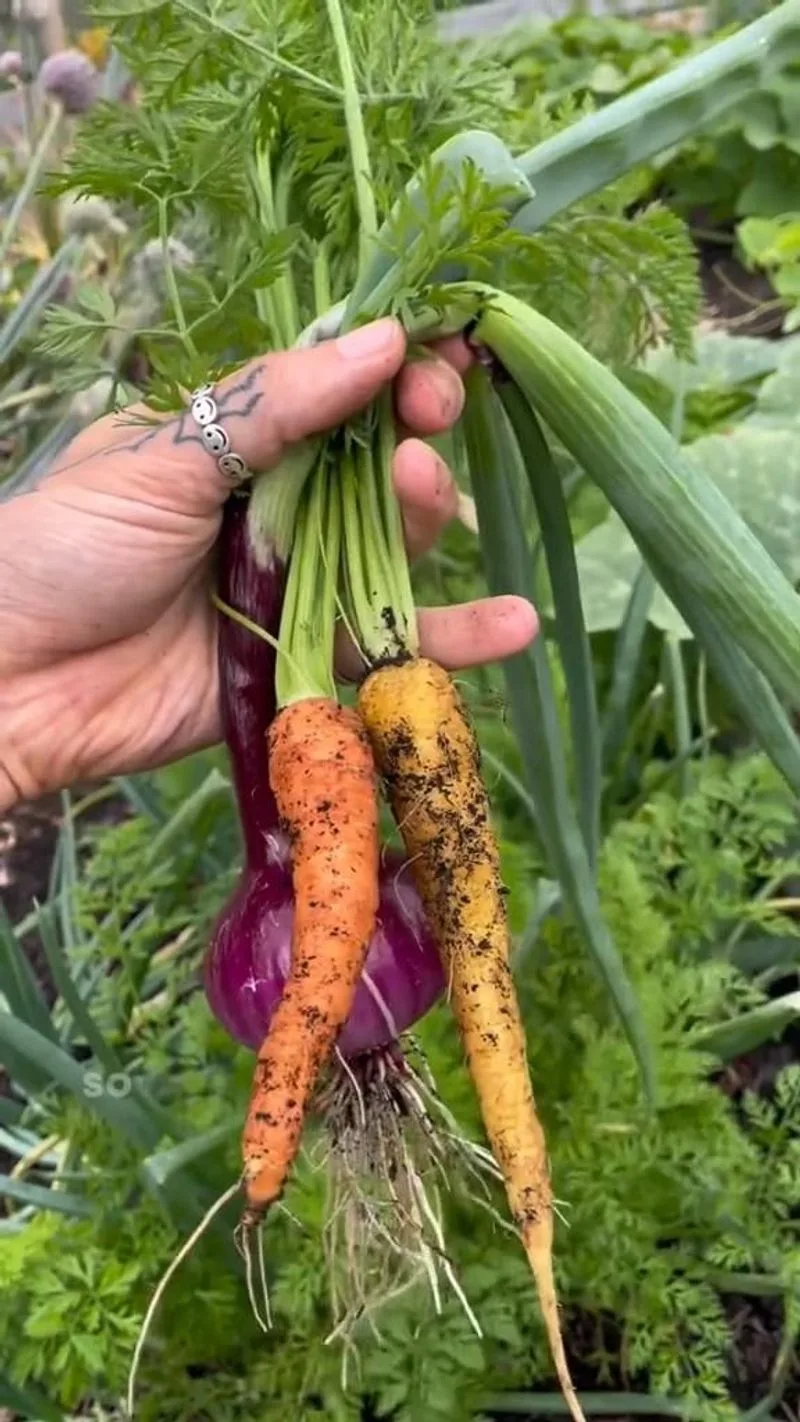
Carrots and onions thrive when planted together, making them excellent companions in the vegetable garden. The strong scent of onions confuses and wards off carrot flies, which can damage carrot crops. Similarly, carrots can help deter pests that commonly attack onions.
This symbiotic relationship ensures both plants grow strong and healthy. By interplanting these two vegetables, you can maximize garden space and reduce pest issues naturally. It’s a time-tested combination that many gardeners swear by for a successful harvest.
Beans & Corn
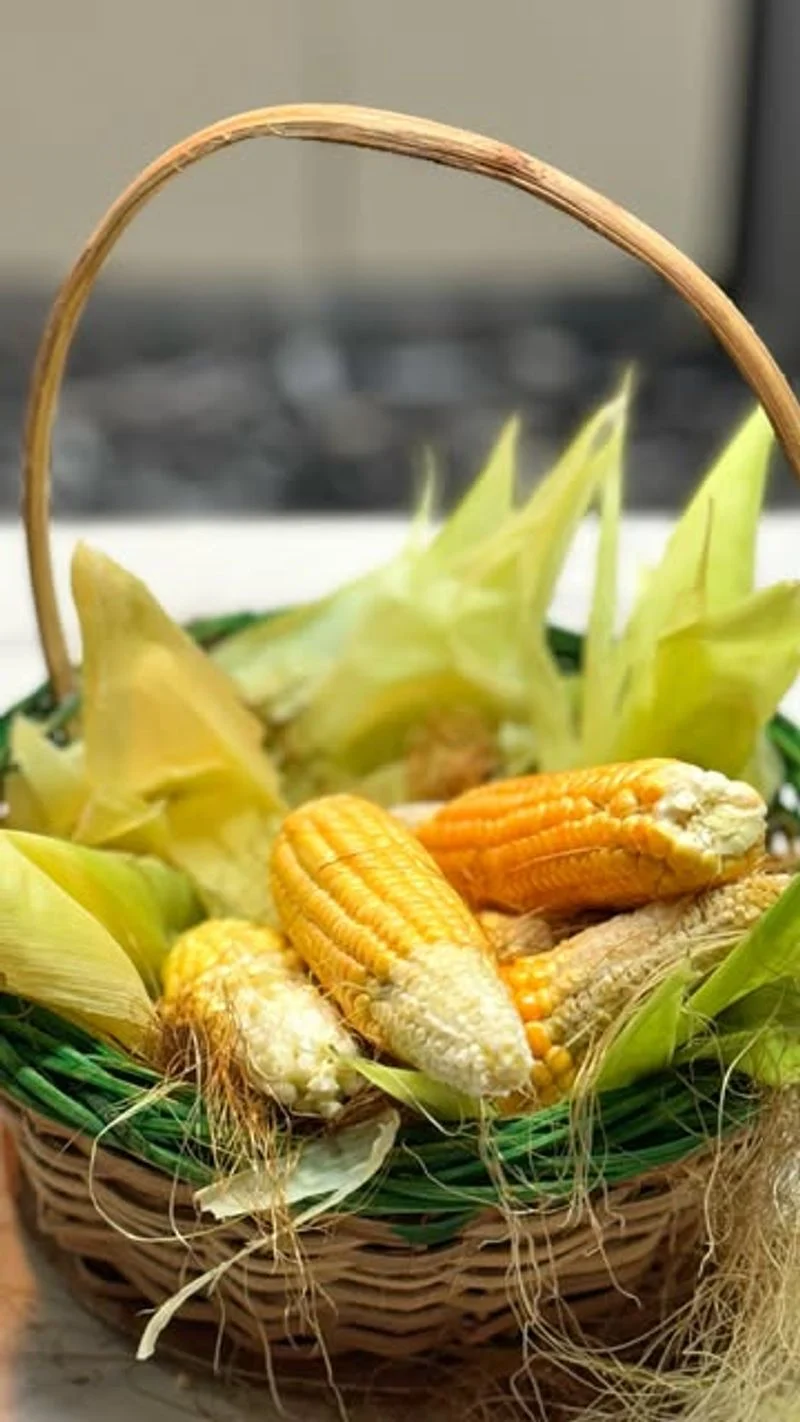
Beans and corn form a classic trio with squash in traditional Native American agriculture known as the “Three Sisters.” Beans climb the sturdy corn stalks, providing support while fixing nitrogen in the soil, which benefits corn’s growth.
Corn provides a natural trellis for beans, allowing for better air circulation and sunlight exposure. By planting these two together, gardeners can enjoy a symbiotic relationship that boosts productivity and soil health, creating a thriving garden ecosystem.
Cabbage & Dill
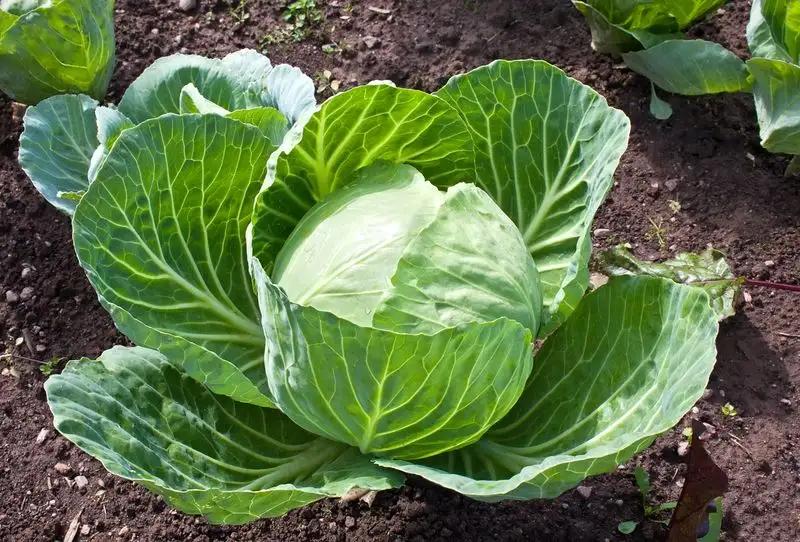
Cabbage and dill work in harmony to enrich your garden. Dill’s aromatic foliage attracts beneficial insects like ladybugs and parasitic wasps, which help control cabbage pests such as aphids and cabbage worms.
The feathery dill does not compete with cabbage for sunlight, ensuring both plants grow robustly. This partnership promotes healthy cabbage development while simultaneously keeping pest populations in check, making them a dynamic duo in the vegetable garden.
Radishes & Cucumbers
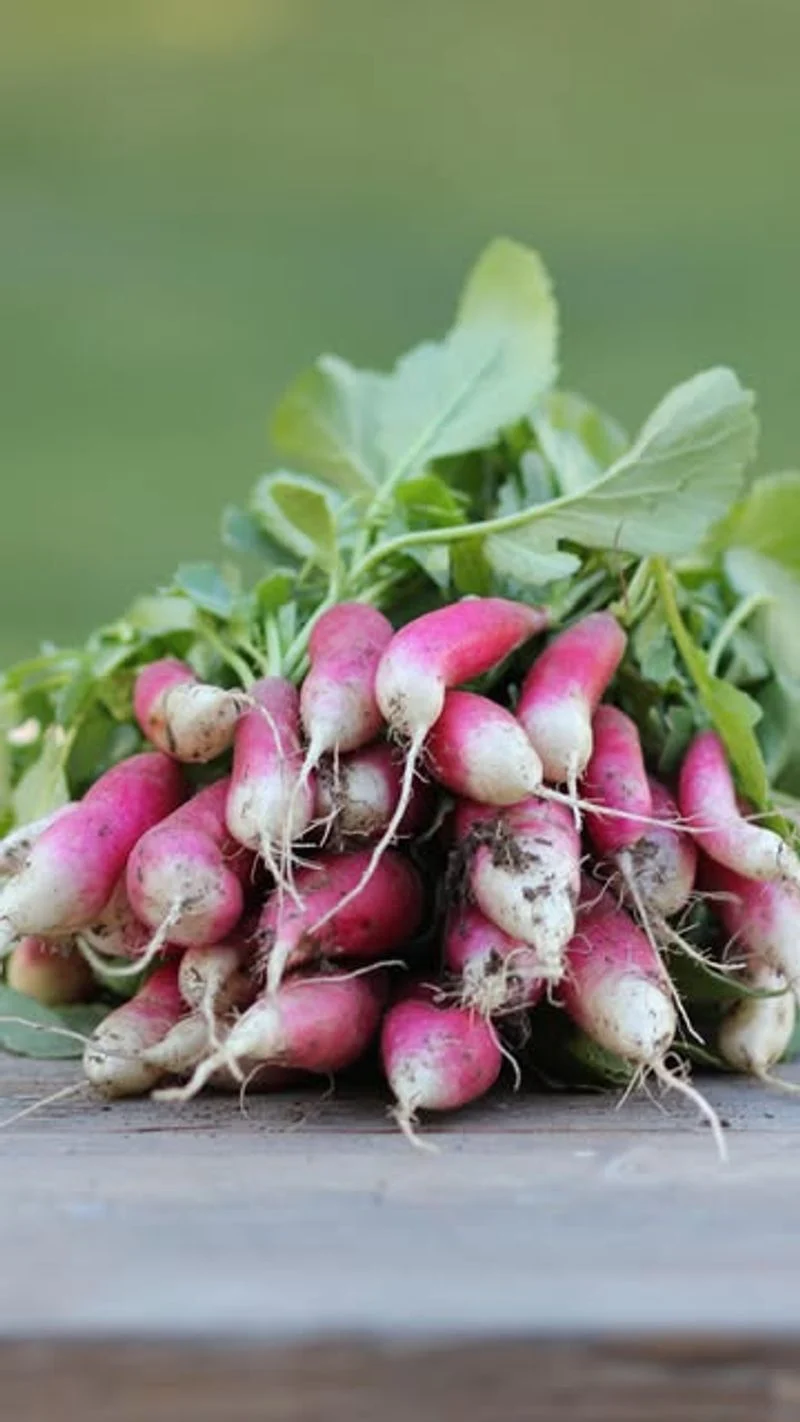
Radishes and cucumbers are an effective companion planting pair. Radishes mature quickly and can act as a trap crop, luring pests away from cucumbers. This allows cucumbers to grow with less interference.
Radishes also help break up the soil, improving aeration and water absorption for cucumber roots. Planting these together can lead to a more productive and pest-resistant garden, ensuring a delightful yield of crunchy cucumbers and spicy radishes.
Lettuce & Chives
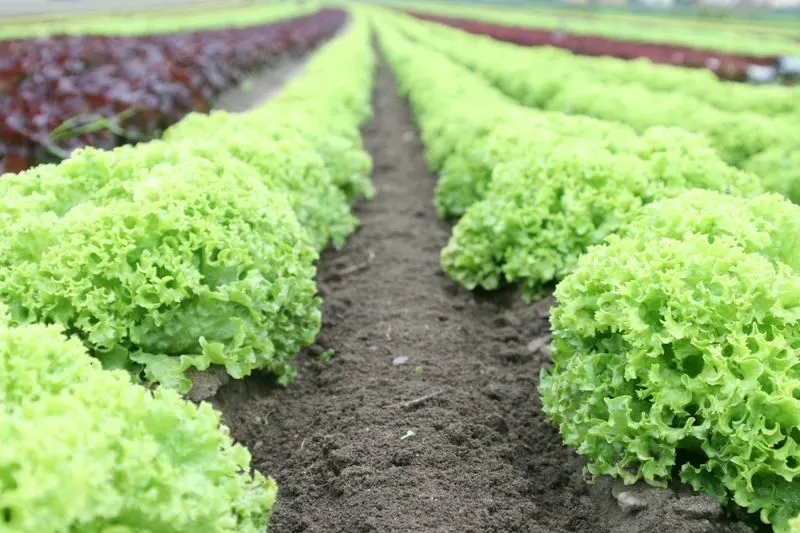
Lettuce and chives are garden neighbors that benefit each other beautifully. The pungent aroma of chives masks the scent of lettuce, deterring pests like aphids and slugs. This natural pest control makes lettuce cultivation more successful.
Additionally, chives attract pollinators, boosting the overall health of your garden ecosystem. This combination keeps your salad greens crisp and fresh while adding a touch of flavor with chives’ mild onion taste.
Peppers & Nasturtiums
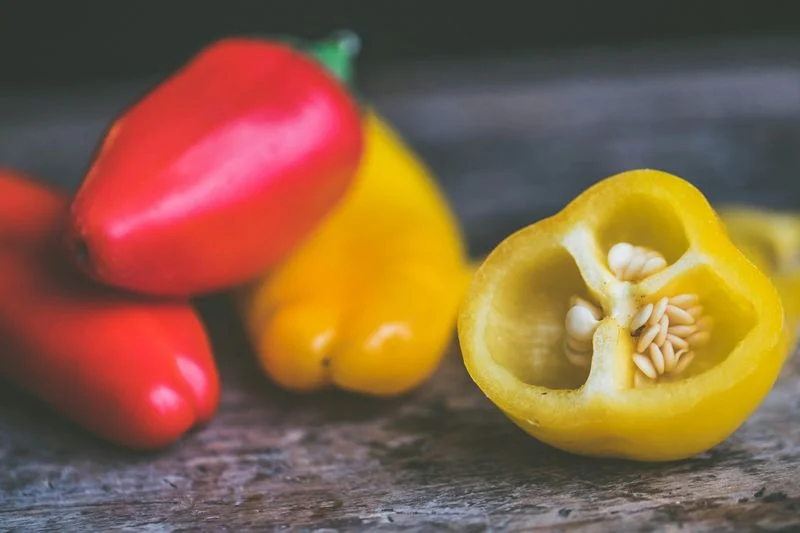
Peppers and nasturtiums create a vibrant and protective partnership in the garden. Nasturtiums act as a trap crop for aphids, drawing these pests away from valuable pepper plants. Their bright flowers also attract pollinators, enhancing the growth and yield of peppers.
This colorful combination not only beautifies the garden but also boosts the overall health of pepper plants, ensuring a plentiful and pest-free harvest. Nasturtiums’ sprawling nature provides ground cover, reducing weed competition and soil moisture loss.
Beets & Garlic
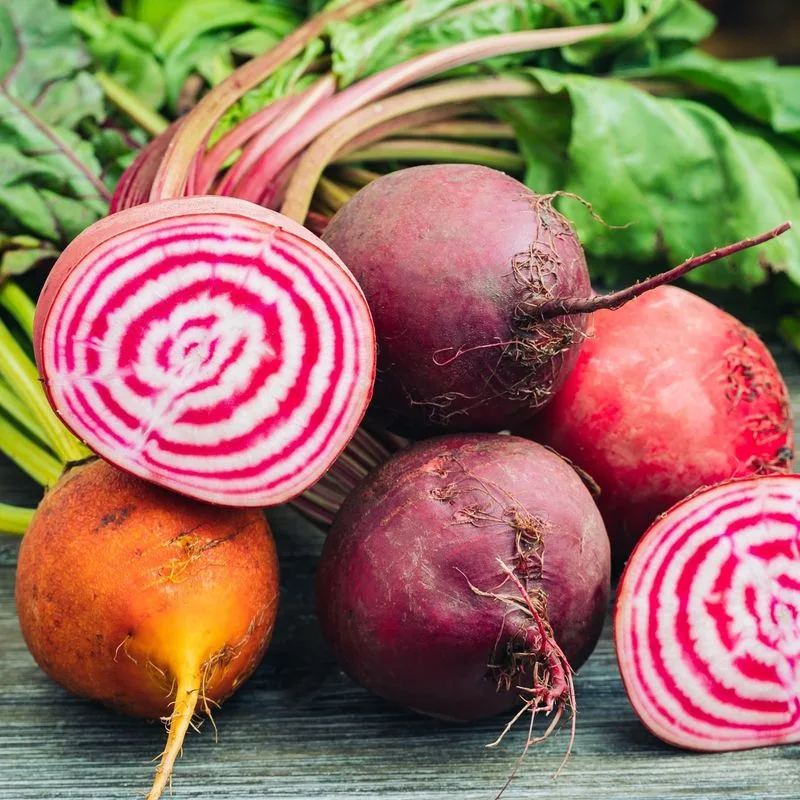
Beets and garlic make an excellent team in the vegetable garden. Garlic’s strong scent acts as a natural repellent for pests that might otherwise target beet roots. This protective barrier helps ensure that beets grow undisturbed and healthy.
The presence of garlic also benefits soil quality, as it can deter soil-borne diseases. This pairing maximizes space while offering mutual pest protection, leading to a bountiful harvest of both beets and garlic, full of flavor and vitality.
Spinach & Strawberries
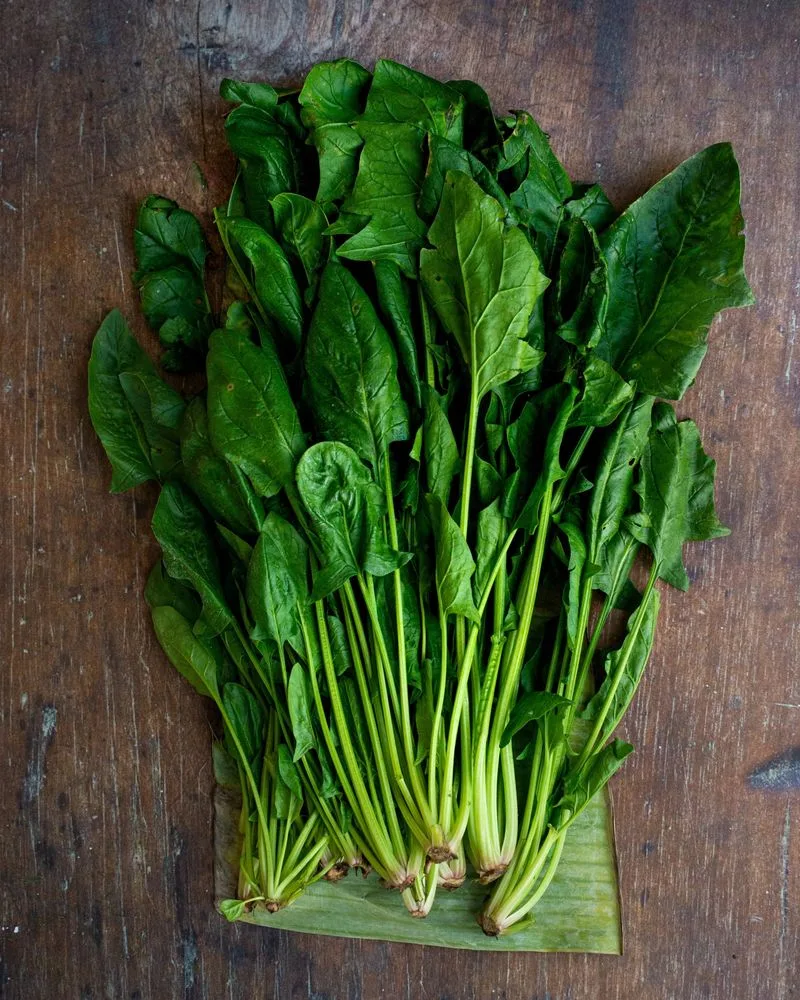
Spinach and strawberries are a delightful duo for garden enthusiasts. The low-growing strawberries act as living mulch, protecting spinach from soil erosion and maintaining moisture. This helps spinach thrive, especially in warmer climates.
Conversely, spinach provides a bit of shade, aiding in the ripening of sweet, juicy strawberries. Planting these together results in a productive garden with a continuous supply of leafy greens and succulent berries, making for a delicious and efficient pairing.
Celery & Marigolds
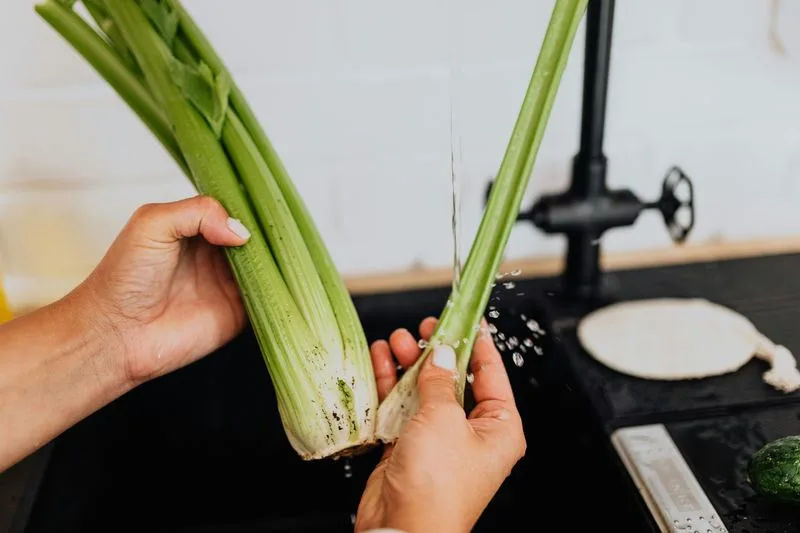
Celery and marigolds are a beneficial combination, offering both aesthetic and practical advantages. Marigolds are known for their ability to repel nematodes, which can threaten celery’s growth. Their vibrant flowers also attract pollinators, improving garden health overall.
Celery provides a lush, green contrast to marigolds’ bright colors, enhancing visual appeal. This pairing ensures celery remains pest-free while adding a burst of color to the garden landscape, creating a harmonious and thriving environment.
Potatoes & Horseradish
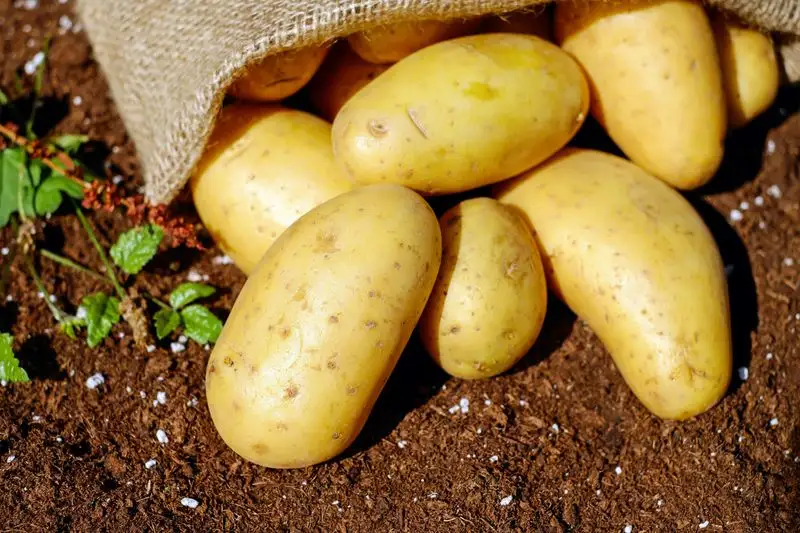
Potatoes and horseradish are a robust partnership in the garden. Horseradish’s pungent roots deter pests such as the Colorado potato beetle, protecting potato crops. This natural pest control ensures healthy potato vines and tubers.
The hardy horseradish plant thrives under similar conditions as potatoes, making them easy companions. This combination leads to a productive harvest of both spicy horseradish and versatile potatoes, perfect for a variety of culinary dishes.
Asparagus & Parsley
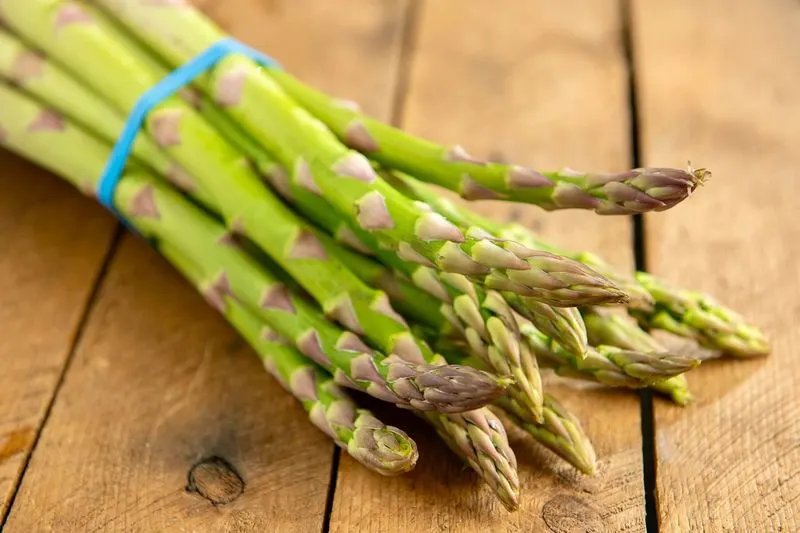
Asparagus and parsley complement each other well in the garden. Parsley’s dense foliage provides ground cover, reducing weeds and keeping soil moisture levels stable, which benefits asparagus growth.
Parsley attracts beneficial insects, aiding in pest control. In return, asparagus helps to shade parsley, protecting it from excessive sun. This mutually supportive relationship leads to a lush garden with productive asparagus spears and flavorful parsley, adding zest to your meals.
Tomatoes & Potatoes
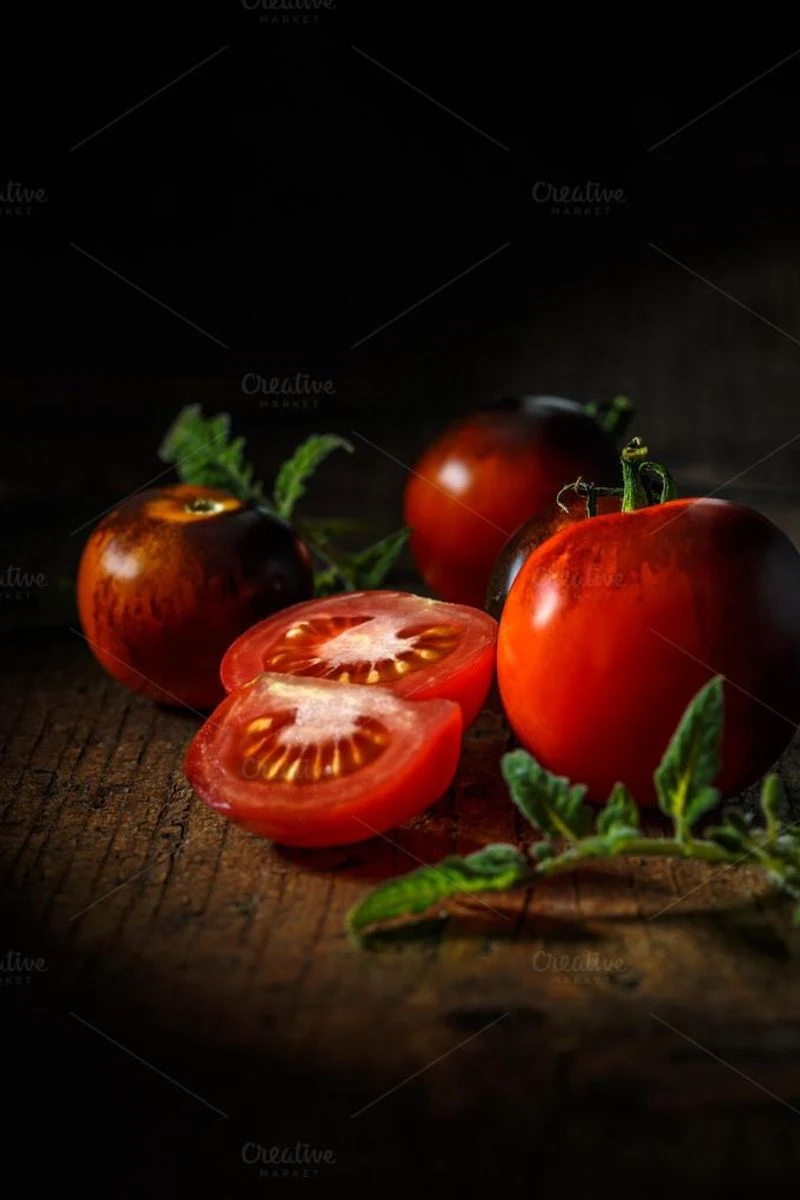
Tomatoes and potatoes, though related, should not be grown together. Both are susceptible to the same diseases, particularly blight, which can devastate both crops if spread. Planting them separately reduces this risk significantly.
Their similar nutrient needs also mean they compete fiercely for soil resources, potentially stunting each other’s growth. Keeping tomatoes and potatoes apart in the garden ensures healthier plants and a more robust overall yield, safeguarding your harvest.
Carrots & Dill
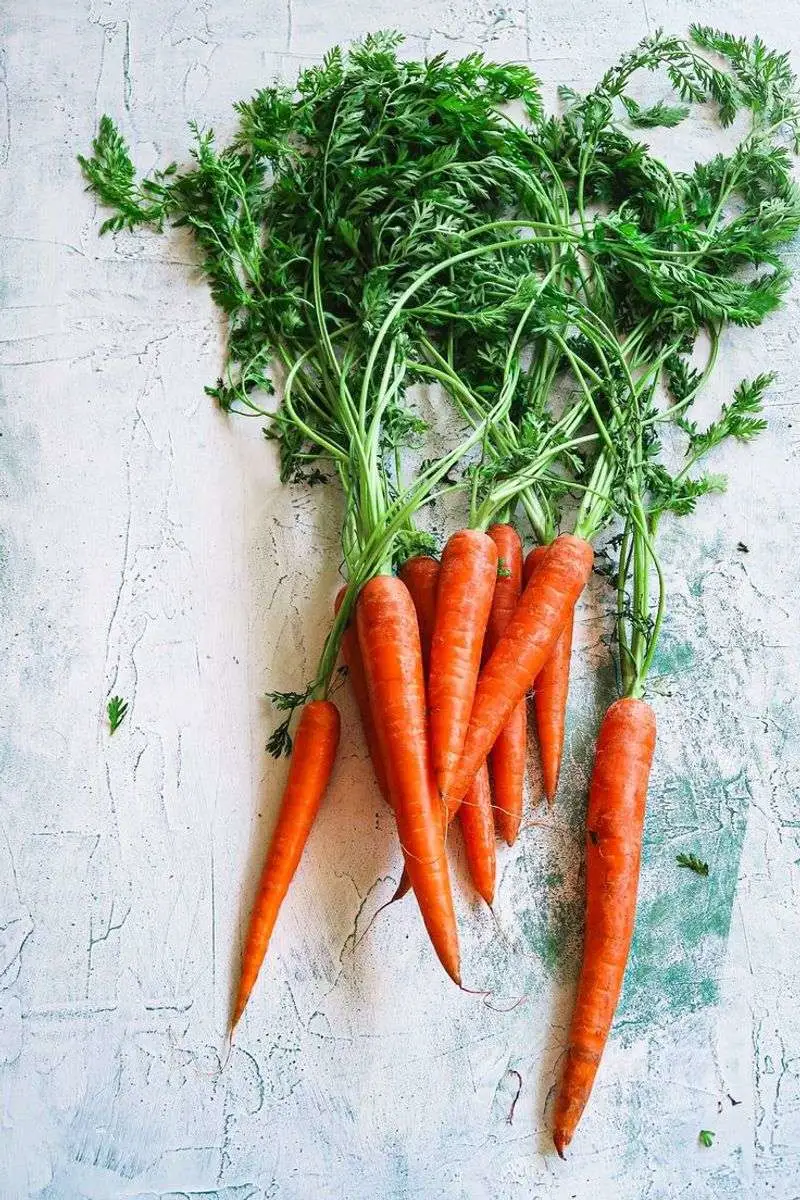
Carrots and dill may seem compatible, but dill can stunt the growth of young carrot plants. The two compete for resources, leading to underdeveloped carrots and poor yields.
Dill can also attract pests that are harmful to carrots, making this combination less than ideal. By planting these separately, you can ensure that each crop has the space and nutrients it needs to flourish, resulting in a healthier and more productive garden.
Onions & Beans
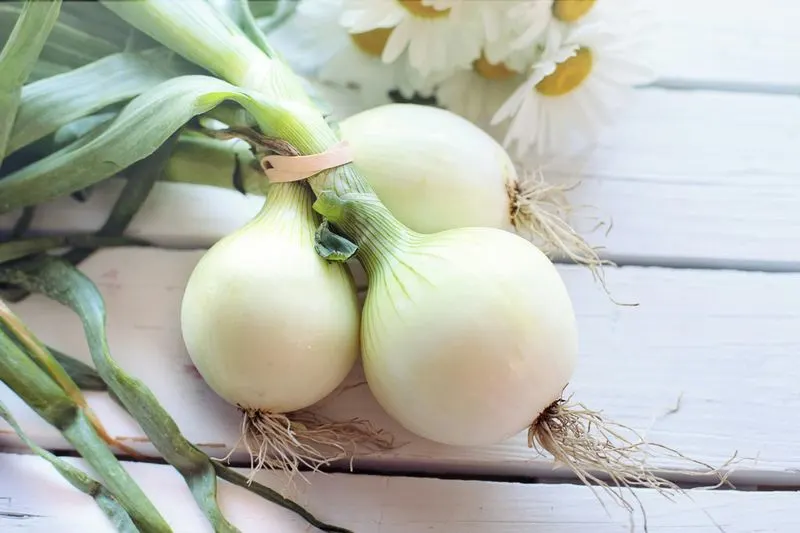
Onions and beans are not suitable companions, as onions can inhibit bean growth. Their chemical interactions can lead to stunted bean plants and reduced productivity.
Beans prefer less competition for nutrients, and onions’ presence can upset the balance needed for optimal growth. Separating these two in your garden layout prevents such conflicts, allowing each plant to thrive independently, leading to a more successful and bountiful harvest.
Strawberries & Cabbage
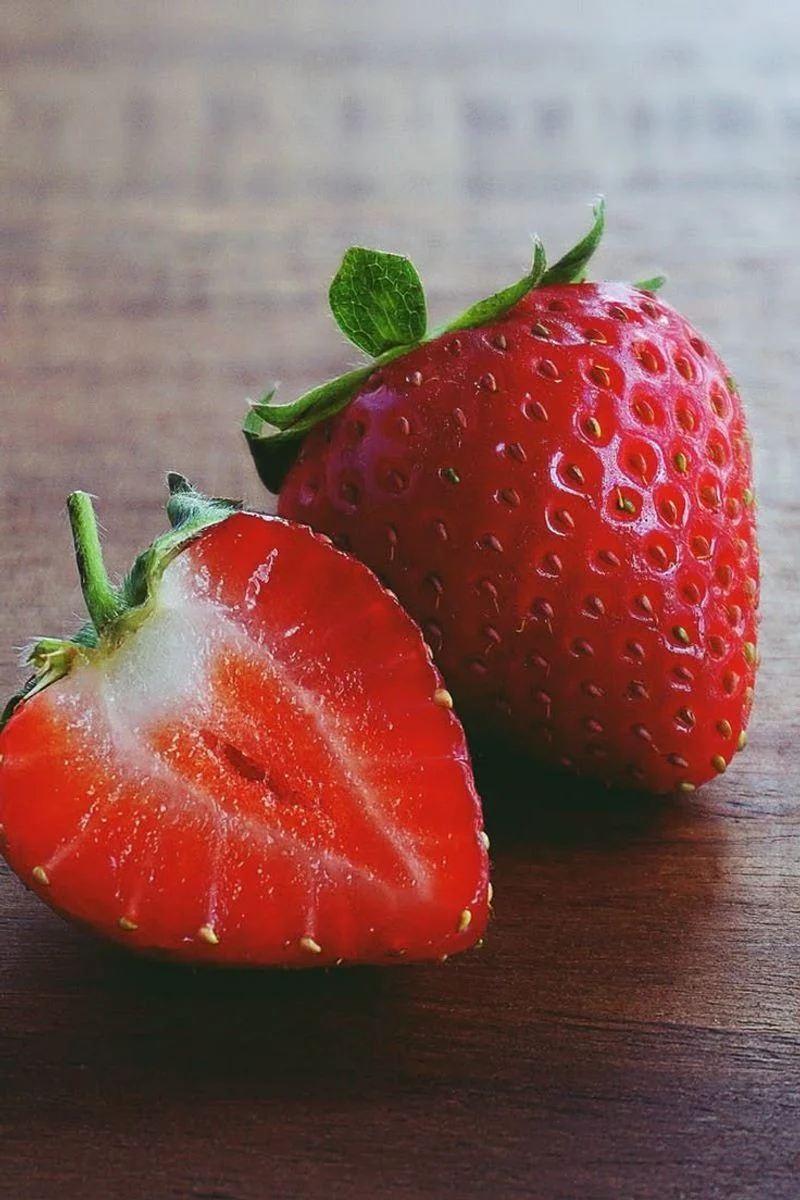
Strawberries and cabbage should be kept apart due to their conflicting growth needs. Cabbage’s wide leaves can overshadow strawberries, depriving them of crucial sunlight needed for fruit production.
Additionally, cabbage can attract pests that might also harm strawberry plants. By planting them in different areas, you ensure that both strawberries and cabbage have the conditions they need to thrive, leading to healthier and more abundant crops.
Fennel & Most Vegetables
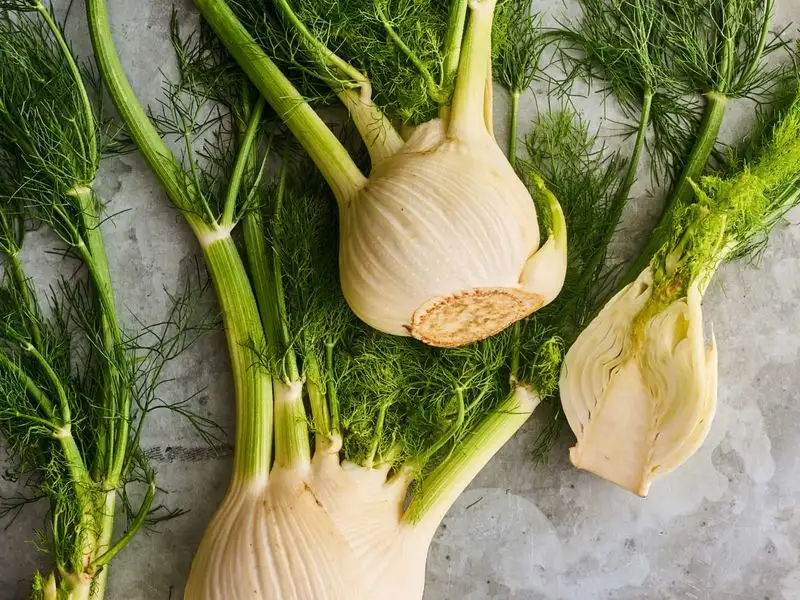
Fennel is a garden loner that should be kept away from most vegetables. It releases chemicals into the soil that inhibit the growth of nearby plants, leading to reduced yields and poor plant health.
This allelopathic effect makes fennel best suited for isolated planting or in a container. Keeping fennel separate ensures that other vegetables can grow without competition or interference, promoting a healthier and more productive garden environment.
Corn & Tomatoes
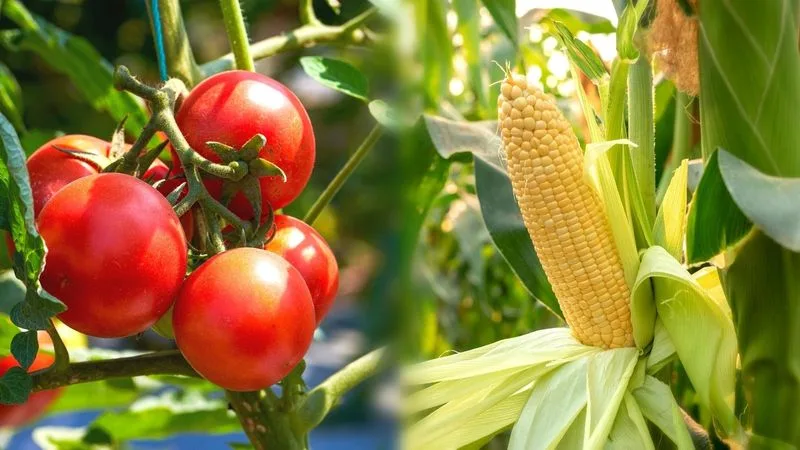
Corn and tomatoes are not ideal neighbors, as they can hinder each other’s growth. Corn’s tall stalks can overshadow tomato plants, limiting their access to sunlight and slowing fruit development.
Both plants are also heavy feeders, competing for the same soil nutrients. Separating them helps prevent nutrient depletion and ensures each plant has adequate resources to thrive, leading to a more fruitful and balanced garden.

